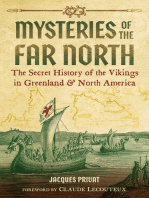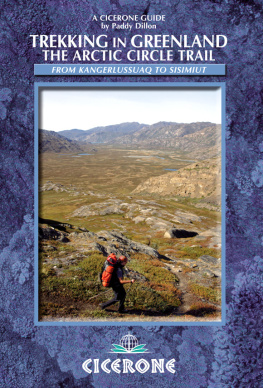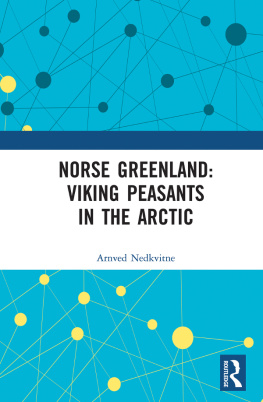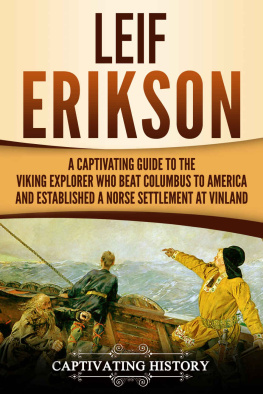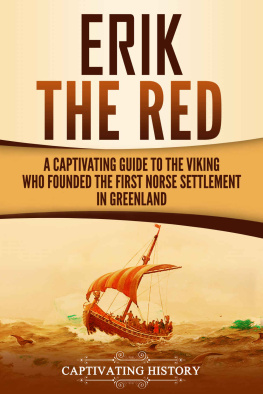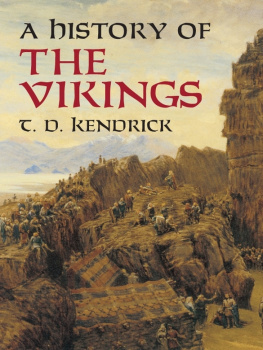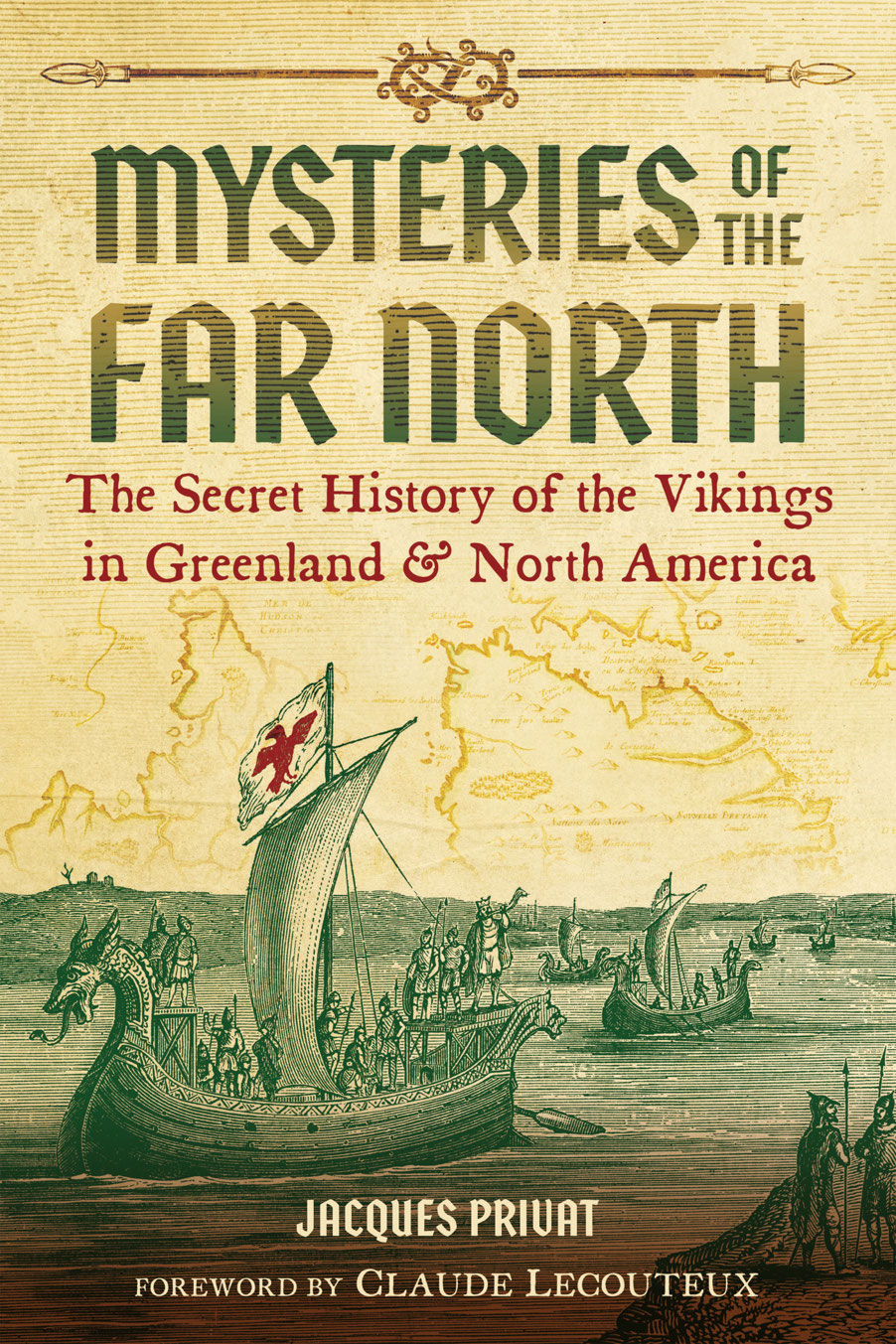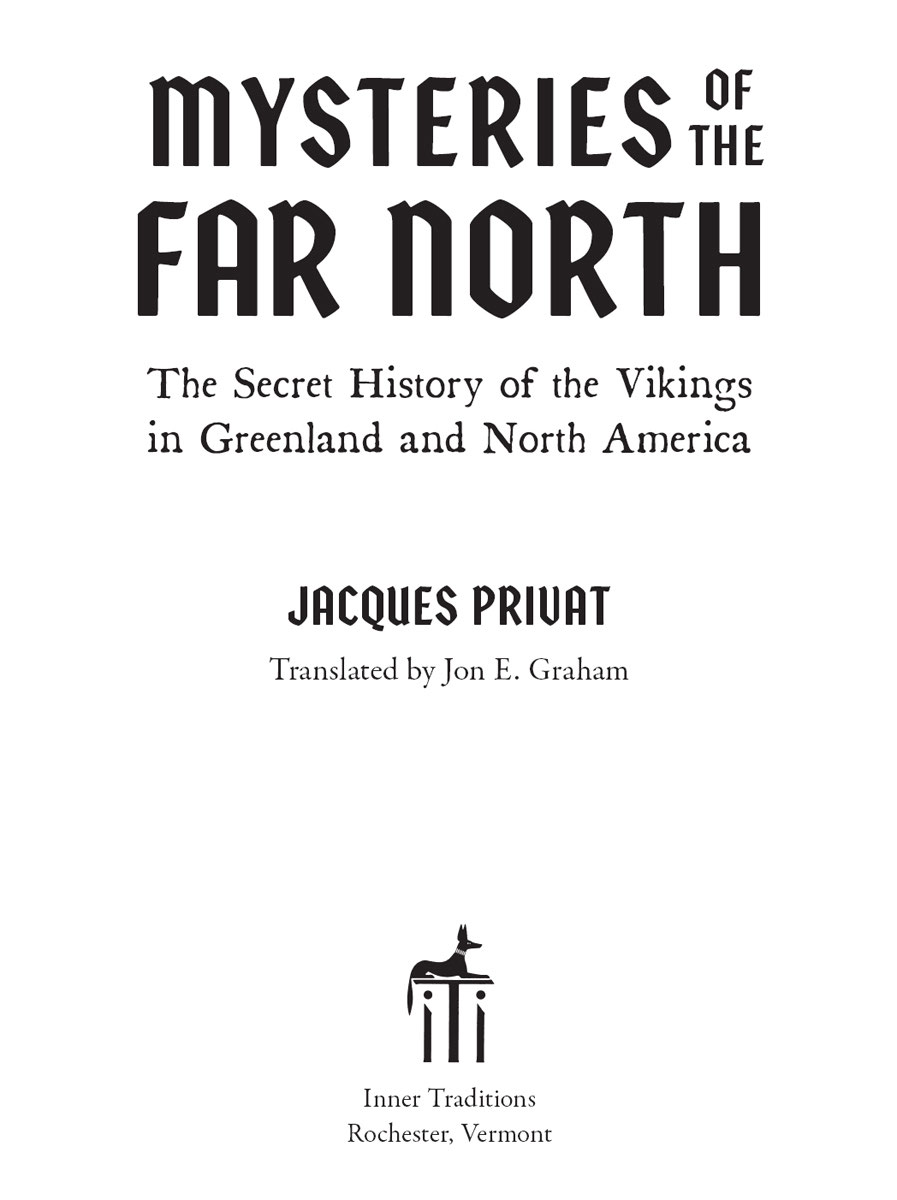Jacques Privat - Mysteries of the Far North: The Secret History of the Vikings in Greenland and North America
Here you can read online Jacques Privat - Mysteries of the Far North: The Secret History of the Vikings in Greenland and North America full text of the book (entire story) in english for free. Download pdf and epub, get meaning, cover and reviews about this ebook. City: Rochester, year: 2023, publisher: Inner Traditions, genre: History. Description of the work, (preface) as well as reviews are available. Best literature library LitArk.com created for fans of good reading and offers a wide selection of genres:
Romance novel
Science fiction
Adventure
Detective
Science
History
Home and family
Prose
Art
Politics
Computer
Non-fiction
Religion
Business
Children
Humor
Choose a favorite category and find really read worthwhile books. Enjoy immersion in the world of imagination, feel the emotions of the characters or learn something new for yourself, make an fascinating discovery.
- Book:Mysteries of the Far North: The Secret History of the Vikings in Greenland and North America
- Author:
- Publisher:Inner Traditions
- Genre:
- Year:2023
- City:Rochester
- Rating:5 / 5
- Favourites:Add to favourites
- Your mark:
Mysteries of the Far North: The Secret History of the Vikings in Greenland and North America: summary, description and annotation
We offer to read an annotation, description, summary or preface (depends on what the author of the book "Mysteries of the Far North: The Secret History of the Vikings in Greenland and North America" wrote himself). If you haven't found the necessary information about the book — write in the comments, we will try to find it.
Explores in depth how Greenland and its surroundings were inhabited for nearly 5 centuries by two Nordic colonies, Vestri-bygd and Eystri-bygd
Shares extensive evidence from the still-living indigenous oral tradition of the Far North as well as surviving sculptural art to show how the Vikings and the Inuit formed a harmonious community
Examines ancient maps and other cartography, such as the 15th-century Martin Behaim globe, as well as explorers records of their voyages
Sharing his extensive and meticulous research, Jacques Privat reveals that the Vikings were in Greenland, its neighboring islands, and the eastern shores of Canada long before Columbus. He examines in depth how Greenland and its surroundings were inhabited for nearly five centuries by two Nordic colonies, Vestribyg and Eystribyg, which disappeared mysteriously: one in 1342 and the other in the 16th century. Drawing on the still-living indigenous oral tradition of the Far North, as well as surviving sculptural art carvings, he shows how, far from being constantly at odds with the native population, the Norsemen and the Inuit formed a harmonious community. He reveals how this friendly Inuit-Viking relationship encouraged the Scandinavian settlers to forsake Christianity and return to their pagan roots.
Working with ancient European maps and other cartography, such as the 15th-century Martin Behaim globe, as well as explorers records of their voyages, the author examines the English, Irish, German, Danish, Flemish, and Portuguese presence in the Far North. He explores how Portugal dominated many seas and produced the first correct cartography of Greenland as an island. He also reveals how Portugal may have been behind the disappearance of the Vikings in Greenland by enslaving them for their European plantations.
Dispelling once and for all the theories that the Inuit were responsible for the failure of the Scandinavian colonies of the Far North, the author reveals how, ultimately, the Church opted to cut all ties with the settlementsrather than publicize that a formerly Christian people had become pagan again. When the lands of the Far North were officially discovered after the Middle Ages, the Norse colonies had vanished, leaving behind only legends and mysterious ruins.
Jacques Privat: author's other books
Who wrote Mysteries of the Far North: The Secret History of the Vikings in Greenland and North America? Find out the surname, the name of the author of the book and a list of all author's works by series.

